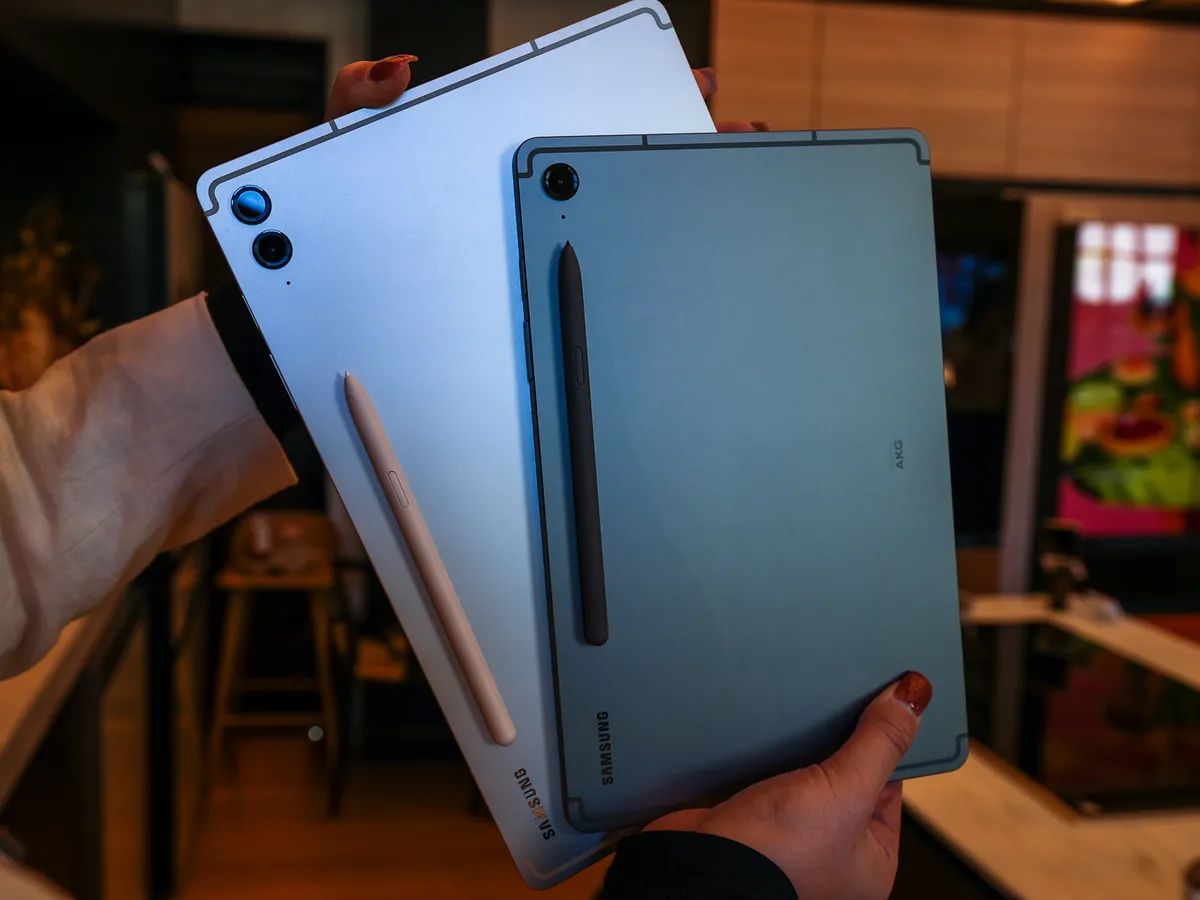
Introduction
Rooting an Android device grants users superuser or administrative access to the operating system. This process can be particularly useful for advanced users seeking to customize their device beyond manufacturer limitations. While often associated with smartphones, many users also root their tablets for enhanced functionality and control. This article explores rooted Android tablets, covering benefits, risks, and top devices available.
Benefits of Rooting an Android Tablet
Customization
Rooting allows extensive customization, including changing system settings, installing custom ROMs, and modifying system files.
Performance Optimization
Optimize device performance by tweaking system settings and removing bloatware through rooting.
Security Enhancements
Gain access to the root directory to install security apps unavailable on non-rooted devices.
App Installation
Install apps requiring root access, including powerful tools for system management and customization.
Battery Life Improvement
Improve battery life by adjusting power settings and removing resource-intensive apps.
Risks of Rooting an Android Tablet
Voiding Warranty
Rooting typically voids the device warranty due to unsupported operating system modifications.
Security Risks
Improper rooting can expose the device to security risks, allowing malware to exploit elevated privileges.
Stability Issues
Rooting may cause stability issues like crashes or freezes, especially if not done correctly.
Bricking the Device
There is a risk of rendering the device unusable (bricking) if something goes wrong during the rooting process.
Data Loss
Data loss can occur during rooting, particularly without proper data backup.
Steps to Root an Android Tablet
Rooting an Android tablet involves several steps, which can vary depending on the specific device and method used. Here is a general guide:
Backup Data
Before starting, backup all important data, including contacts, photos, and personal files.
Enable Developer Options
Go to Settings > About Phone and tap "Build number" seven times to enable Developer Options.
Enable USB Debugging
Navigate to Settings > Developer Options and toggle on USB Debugging.
Download Rooting Tool
Find a reliable rooting tool specific to your device model. Popular tools include Magisk, KingRoot, and SuperSU.
Install Rooting Tool
Follow the instructions provided with the rooting tool to install it on your device. This usually involves connecting to a computer via USB and running an installation script.
Run Rooting Script
Once installed, run the rooting script provided by the tool. This may involve booting into recovery mode or using an app to initiate the rooting process.
Verify Root Access
After completion, verify root access by installing an app like Root Checker.
Top Rooted Android Tablets
Samsung Galaxy Tab S8
The Samsung Galaxy Tab S8 stands out as a powerful tablet, ideal for advanced customization and performance optimization.
- Specifications: 11-inch Super AMOLED display, up to 16GB of RAM, 10,090mAh battery.
- Rooting Method: Use Magisk or KingRoot. The process involves unlocking the bootloader and installing the rooting tool via recovery mode.
Google Pixel Slate
The Google Pixel Slate offers excellent performance and customization options when rooted.
- Specifications: 12.3-inch display, up to 16GB of RAM, runs on Chrome OS but convertible to Android using Project Treble.
- Rooting Method: Install a custom ROM like LineageOS or use Magisk to gain root access.
Lenovo Tab M10
For budget-conscious users, the Lenovo Tab M10 provides decent performance and can be rooted for additional features.
- Specifications: 8-inch display, up to 4GB of RAM, runs on Android 11.
- Rooting Method: Use KingRoot or SuperSU. Enable Developer Options and USB Debugging before installing the rooting tool.
Asus ZenPad 10
The Asus ZenPad 10, a mid-range tablet, offers good performance and further customization through rooting.
- Specifications: 10-inch display, up to 4GB of RAM, runs on Android 10.
- Rooting Method: Unlock the bootloader and install Magisk or KingRoot via recovery mode.
Xiaomi Mi Pad 4
The Xiaomi Mi Pad 4, a budget-friendly tablet, delivers impressive performance for its price and can be rooted for additional features.
- Specifications: 8-inch display, up to 4GB of RAM, runs on Android 9 Pie.
- Rooting Method: Enable Developer Options and USB Debugging before installing SuperSU or KingRoot.
Rooting an Android tablet offers numerous benefits, including customization options, performance optimization, and security enhancements. However, it also comes with risks such as voiding warranty, security risks, stability issues, bricking the device, and data loss. By following the steps outlined above and choosing the right rooting tool for your device model, you can safely root your Android tablet and unlock its full potential.
